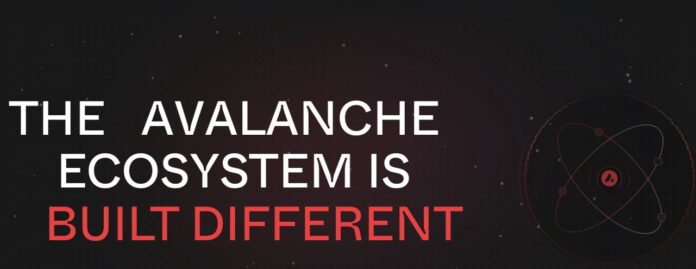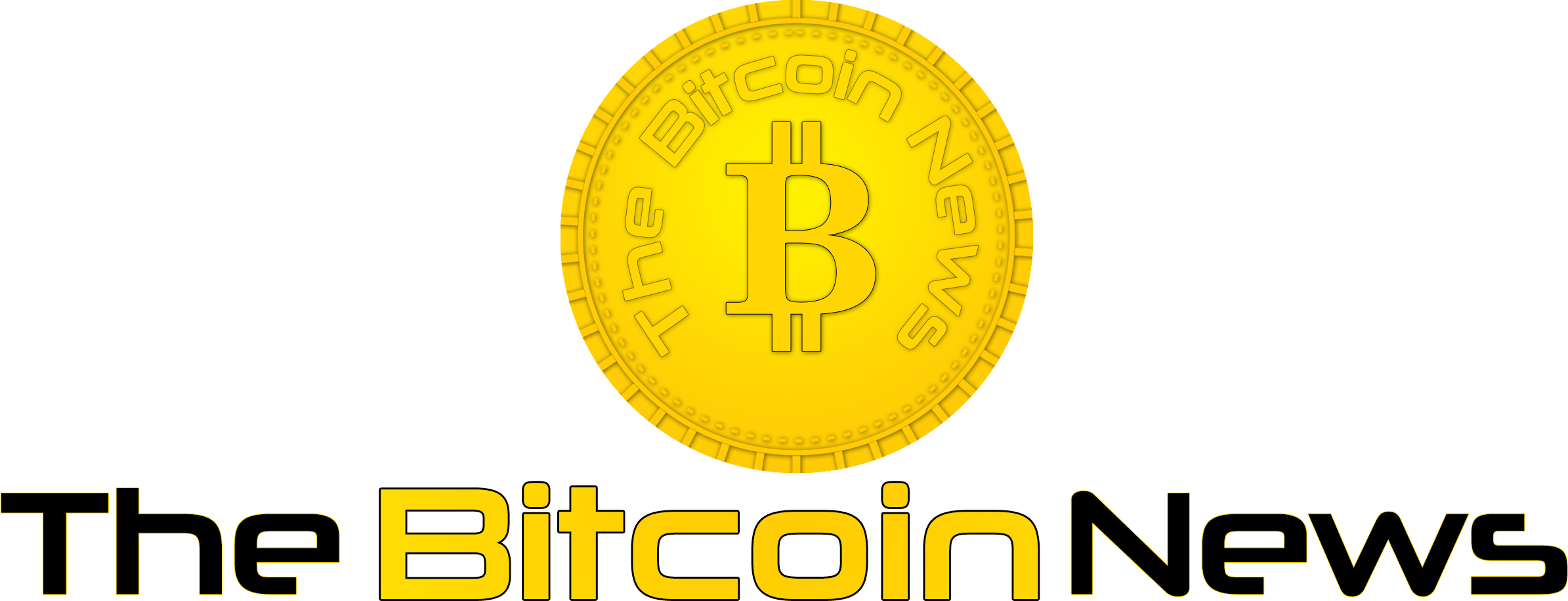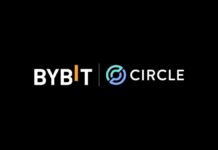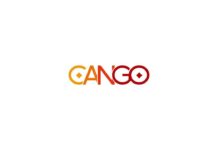
Avalanche (AVAX) experienced a downward slide after weeks of hovering near the lower boundary of its rising price channel. This drop has shifted investor focus toward reclaiming this crucial level as support, with an eye on a potential rebound.
Main question is, what’s next for AVAX, it’s price and the blockchain? We try to decode, unravel and investigate.
A Positive Shift for Avalanche
Despite the recent price dip, Avalanche’s long-term holders are increasing their stakes, indicating a potential turnaround. Recent data shows that more AVAX has moved from short- and medium-term holders to those who hold for a year or longer, indicating growing confidence in the asset’s future.
Over the last three weeks, these long-term investors have added about 4% of AVAX’s circulating supply, totaling 4.2 million coins valued at $161 million. This brings their collective holdings to 20.72 million AVAX, demonstrating that these investors are optimistic about the price recovering despite the bearish trend.
The broader market also shows signs of optimism. Technical indicators like the Moving Average Convergence Divergence (MACD) reveal a positive trend. This tool, which identifies shifts in momentum and potential reversals, shows a bullish crossover on its histogram—the first such occurrence in a month—suggesting a possible upward move in the near future.
AVAX Price Outlook: Will It Bounce Back?
Right now, AVAX is approaching a critical resistance level at $40. If it breaks through, the next barrier is at $44 or even $50. This upward trajectory would represent a 20.31% increase from current levels, indicating a strong recovery if the market continues to support the asset.
However, if AVAX fails to break through the $44 resistance, it could retrace to $33. Further losses could lead to a drop to $29 or even $27, undermining any bullish progress. Avalanche’s token AVAX is currently priced at $38.90 on Gate.io.
Investors and market observers will watch these key levels to gauge whether AVAX can sustain a rally or if it will face additional headwinds.
What Makes Avalanche Unique?
Avalanche (AVAX) is a blockchain platform designed to support decentralized applications (dApps), customizable blockchains, and other blockchain-based systems. Launched by Ava Labs in 2020, Avalanche aims to provide a scalable, flexible, and interoperable framework for developers, allowing them to create and deploy innovative solutions across various industries.
Avalanche stands out for its use of a novel consensus protocol, also named Avalanche, which is designed to achieve fast transaction finality with low energy consumption. This consensus mechanism allows the network to process thousands of transactions per second, providing high throughput while maintaining security and decentralization. As a result, Avalanche can accommodate a wide range of applications, from simple peer-to-peer transactions to complex DeFi (decentralized finance) platforms and beyond.
A key feature of Avalanche is its customizable subnets. A subnet is a dynamic set of validators that work together to achieve consensus on a specific blockchain within the Avalanche ecosystem. This architecture allows developers to create customized blockchains with their own consensus rules and governance structures. It also facilitates interoperability between different blockchains, enabling seamless communication and asset transfers.
AVAX: The Native Token
AVAX, the native token of the Avalanche platform, plays multiple roles within the ecosystem. It is used to pay for transaction fees, incentivize validators, and participate in governance decisions. AVAX also acts as a unit of account and a medium for value exchange, contributing to the platform’s economic security.
Avalanche’s ultimate goal is to create a decentralized network that can support a wide range of applications and use cases while maintaining high performance and scalability. By enabling developers to build custom blockchains and interact with other networks, Avalanche seeks to foster a vibrant ecosystem where innovation can flourish. The platform’s flexible design and efficient consensus mechanism make it a compelling choice for projects that require speed, scalability, and security.
Avalanche and The State of Competition
Avalanche (AVAX) operates in a competitive landscape, where several other blockchain platforms share similar goals of scalability, speed, and interoperability. Below are a few key competitors and how they compare to Avalanche:
Ethereum (ETH)
Ethereum is one of the most well-known blockchain platforms and a significant competitor to Avalanche. As the leading smart contract platform, Ethereum has a vast ecosystem of decentralized applications (dApps), decentralized finance (DeFi) projects, and non-fungible tokens (NFTs). However, Ethereum has faced scalability issues due to its proof-of-work (PoW) consensus mechanism, leading to high transaction fees and network congestion. Ethereum 2.0, transitioning to proof-of-stake (PoS), aims to address these concerns, but the rollout has been gradual. Avalanche’s consensus protocol, offering high throughput and quick finality, positions it as an attractive alternative for developers seeking scalability.
Polkadot (DOT)
Polkadot, developed by Ethereum co-founder Gavin Wood, focuses on interoperability and multichain capabilities, similar to Avalanche’s customizable subnets. Polkadot’s Relay Chain serves as the backbone, allowing different blockchains, known as parachains, to connect and communicate. This approach creates a diverse ecosystem where various chains can coexist and share information. While Polkadot emphasizes interoperability, Avalanche’s subnets allow for greater customization and flexibility, making both platforms appealing to developers with specific needs.
Solana (SOL)
Solana is a high-performance blockchain that emphasizes speed and low transaction costs, using a unique consensus mechanism called Proof of History (PoH). Solana has gained popularity for its ability to handle thousands of transactions per second, attracting projects in DeFi, NFTs, and other domains. While Solana’s speed and efficiency are noteworthy, Avalanche’s consensus protocol balances performance with energy efficiency, potentially offering a more environmentally friendly solution. Avalanche’s focus on customizable blockchains also sets it apart from Solana’s single-layer approach.
[newsletter_form lists="1"]










